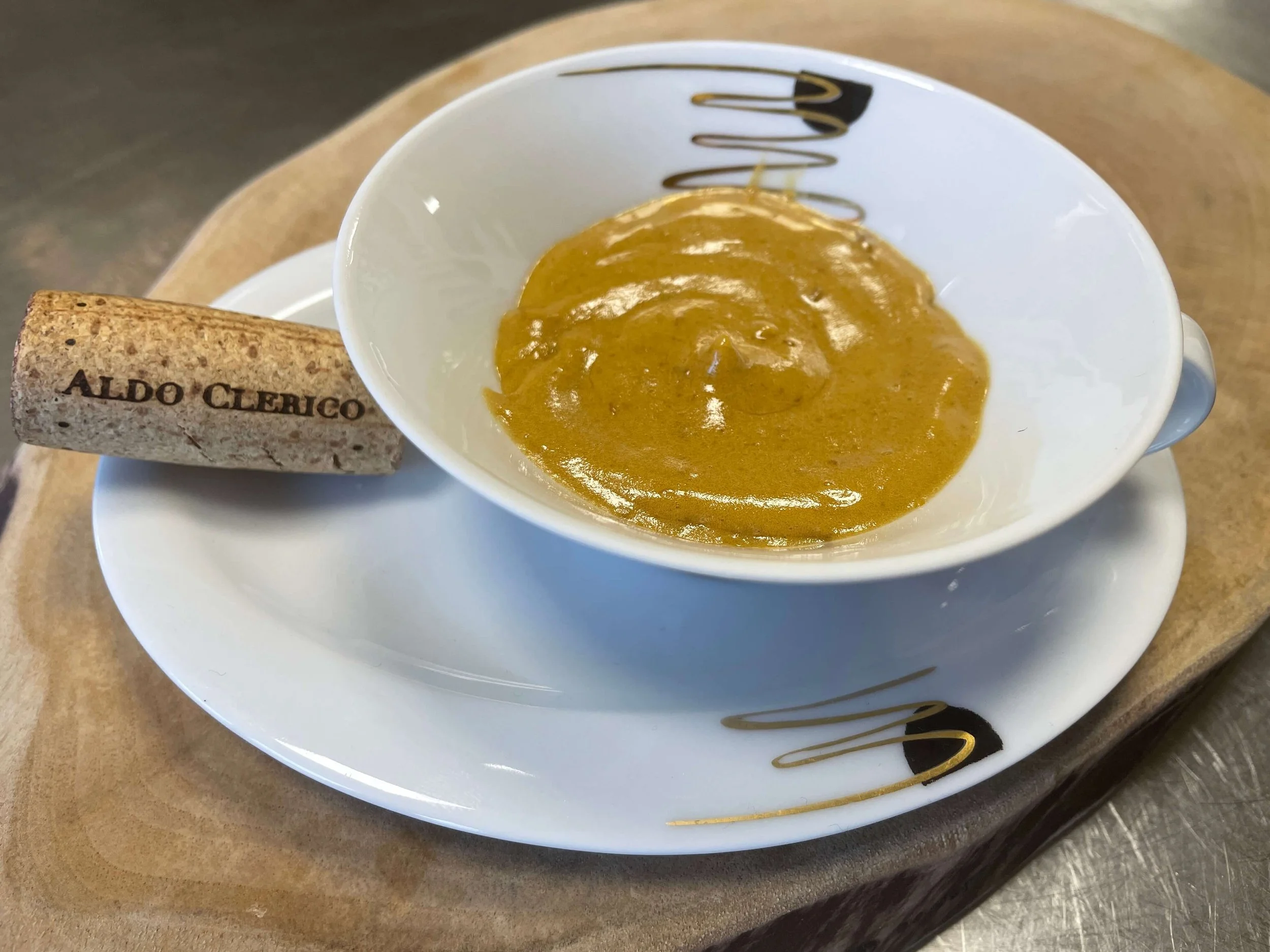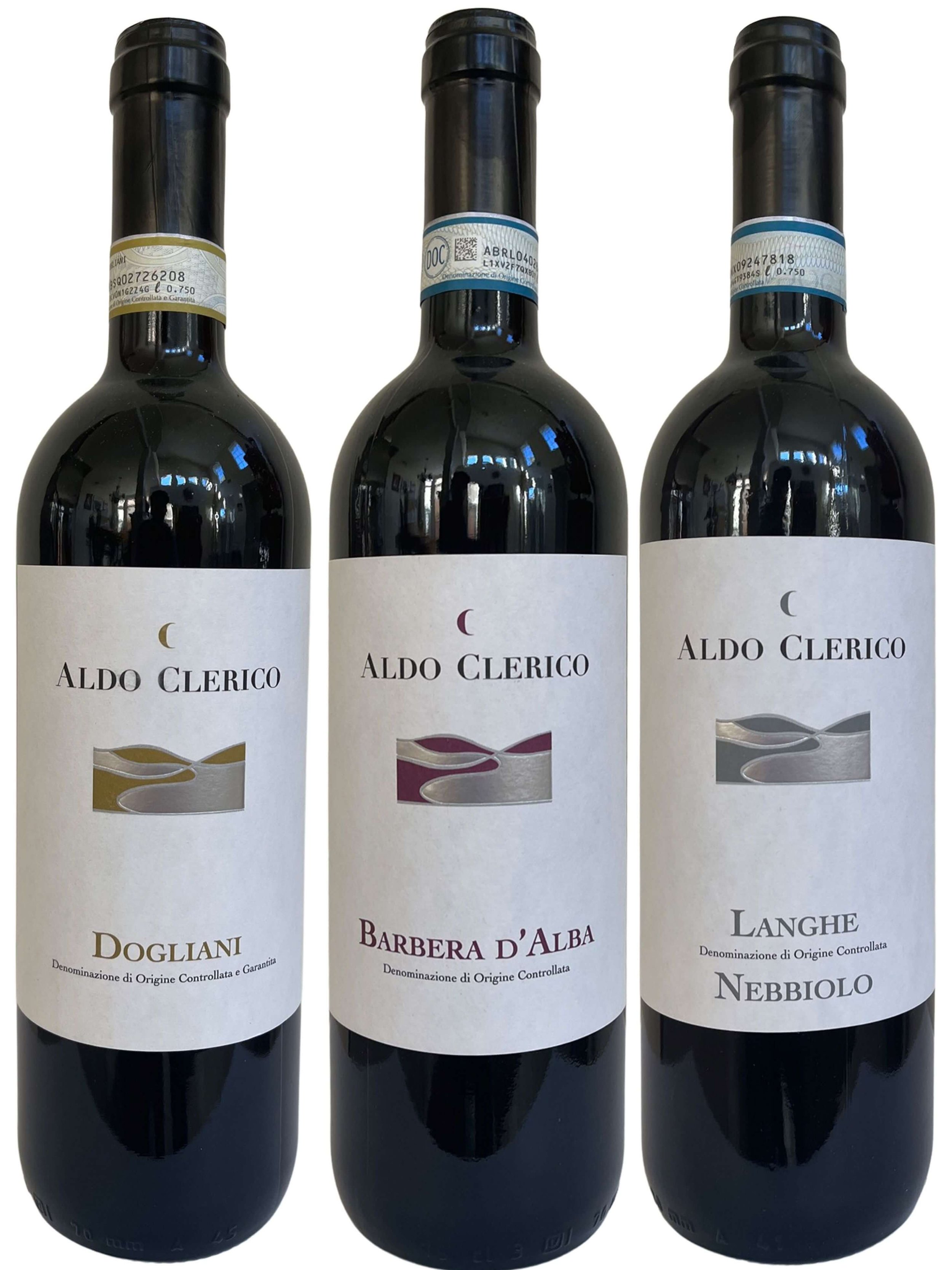Kitchen Talk in Piedmont
Who doesn’t have learning Italian on their bucket list? Or how about learning Italian slang?
When you live in Italy, and, better yet, in a mecca for food and wine like the Langhe in Piemonte Italy, where our California native colleague, Jacqueline Mitchell, lives, the Italian language gets assimilated into your brain.
Jacqueline has had the benefit of having the ultra Vero Italian experience working in an authentic Italian trattoria as a chef for many years. Not only did she learn Italian words free, she also picked up Piemontese, which is the local dialect. Where did she pick it up? In the midst of the other locals in the restaurant where she worked in Piedmont talking away in the local Italian slang.
Italian language food words slipped out of the mouths of the locals where she worked day to day for 10 years. She soon discovered that they were speaking not only the Italian language, but also another local language and dialect, Piemontese, that is still spoken by a large part of the population of Piemonte. Jacqueline is now fluent in Piemontese, which even has its own Wikipedia page. (FYI the Piemontese definition is Piedmontese, or something related to Piemonte, or Piedmont Italy).
This secret Italian language food skill of hers came out unexpectedly during a VeroTalk with native Langhe Barolo winemaker Aldo Clerico. While chef Jacqueline was giving a live cooking class and wine tasting of some classic Piemontese recipes, Aldo and Jacqueline started this exchange of the Piemontese language. Hearing these unknown Italian words got us curious to learn some local italian language food Piemontese dialect. Want to learn some secret Italian language food words yourself? Read on.
A cup of zabaglione cream, or sambiaun in piemontese dialect, ready to enjoy.
Stick around to the end of the article where we have a bonus Piemontese inspired recipe. Continuing our series of traditional Langhe dishes inspired by the delicious red wines of Aldo Clerico, we gave you a recipes for a ‘primo’ or ‘first’ dish, of Risotto al’Aldo Clerico and a ‘secondo’ or second dish of Filetto al Barolo. Now we have a dessert recipe for: Zabaglione al Nebbiolo. With all 3 you can prepare a complete meal to impress family, friends, or a special date you have in mind. Not only do we have the recipes, and the wine, key ingredient in all 3, but we also have the cooking demonstration video by a chef in a local Langhe go-to Trattoria Risorgimento. But now, onto to Ël Piemontèis, or the Piemontese!
The Piemontese Dialect
While Italy is not that big in size (figure it’s about the same as New Mexico or Arizona), it highly diversified with different customs and traditions city by city, even town by town, which locals hold on to fiercely. One of these traditions that vary from area to area, are the dialects.
Italy, as a modern nation as we know it, did not really exist until the 1860s, when it underwent a series of wars known as the Unification. Until this point, the land was a series of principalities and kingdoms, divided roughly along where the region boundaries fall today. This meant, traveling between Turin and Rome, one passed through several different ‘countries’, each with their own language.
The modern dialects present today, are vestiges of this division, and some dialects are very different from Italian. Speak Piemontese, or the dialect from the north-Italian region of Piedmont, to someone from Rome or Naples, and they will have difficulty understanding each other. While Italian certainly is spoken pretty much everywhere, there are people (especially older generations) that prefer to speak their native dialect, if not out of convenience, but to keep tradition alive.
Discussing Piemontese, Jacqueline says: “I naturally picked up some piemontese, working in a family-run trattoria where Italian and dialect were used interchangeably. Sometimes I don’t even realize certain words are not Italian, and it isn’t until I speak with someone from outside of Piemonte that I learn the actual Italian word. For example, it was only recently I learned ladle in Italian was ‘mestolo’ and not the piemontese cassù [cass-oo]! And this is after over 10 years of being here!”
She continues, “But I love dialect, and have actually worked hard to learn it, as I feel it is truly an integral part of life and culture here. It adds a little bit of local flavor to everything. I was even fortunate that some of my colleagues and friends are part of a local theater troupe that perform plays in Piemontese, and the writer, Gioele, has written me parts, giving me an opportunity to even act in Piemontese. Of course, usually playing an American lost in Langhe, because let’s face it, my accent is very obvious!”
Books and dictionaries on the Piemontese dialect, used to study by Vero Chef, Jacqueline who lives in Alba, Piedmont.
While normally the older generation are the ones to speak exclusively dialect, younger groups, like Jacqueline’s theater troupe and friends, are working very hard to make sure dialect doesn’t disappear. “I like to think I’m doing my part by learning Piemontese,” says Jacqueline. “To help share it with others and continue the tradition. Plus, I love the look of surprise on the locals’ faces when I can understand them: few people expect the American to speak Piemontese” she laughs. There are also certain phrases and sayings that are so locally rooted, they are difficult to understand or translate into modern Italian; in fact, this is where piemontese shines.
So, let’s learn a few phrases and words to use the next time you are in Piemonte or even hosting your next Italian food night!
Boja Faus
Pronounced boy-a fow-ss, this is perhaps one of the most classic sayings the Piemontese people are famous for. Meaning literally, ‘false execution’, the actual definition has little to do with how it is truly uttered in almost any situation. Used as an exclamation of surprise or shock, almost as an alternative to ‘oh my gosh’, one might say, ‘Boja faus!’ after hearing a surprising story, or let out a frustrated ‘oh boja faus’ when stubbing a toe.
El Vin (Wine)
Vin: [veen] - Wine. Transformed from the Italian vino by simply dropping the final ‘o’, vin one of the easier piemontese words to add in to your vocabulary and add to your casual conversations.
Nöta: [naw-tah] - Cork. In Italian, tappo, nöta refers both to a literal wine cork, but also can used to refer to any wine stopper. It is commonly used in the phrase sa di nöta, used as a description for corked wine.
Buta & Pintun: [boo-tah & peen-toon] - Bottle & Magnum. In Italian, bottiglia & magnum, a buta usually refers to a traditionally sized 750ml wine bottle, and pintun refers to the larger magnum sized wine bottle, specifically a 2 liter sized version used locally. However,
Bicer: [bee-chair] - Glass. Bicchiere in Italian, a bicer can be both a wine glass or chalice with a stem, or a smaller water glass with no stem.
A Mangè (To Eat)
Goi: [goy] - A desire, a craving. With no direct Italian translation, goi is used to express a craving, or desire for something. For example, I have a goi for a glass of Barolo, or to have goi to travel to Piedmont.
Brunsa: [broon-sah] - Pot. Pentola in Italian. It can also in some cases refer to a deep skillet, or ‘pots and pans’ in general.
Pum: [poom] - Apple. In Italian, mela, here we can see a little influence from French, just over the nearby Alps.
Nisole: [nee-soh-leh] - Hazelnut. Nocciole in Italian, hazelnuts are very much at home in Piedmont, especially the Langhe (as discussed in our article on the Langhe).
Galup: [gal-oop] - A person with a sweet tooth. This is another one with no direct translation to Italian, but we all know a galup. A galup loves sweets or eats large quantities of sweets. A galuperia is something sumptuous, rich, and impossible to resist, like a Pandoro at Christmastime, or a cup of sambaiun.
Sambaiun: [zam-buy-oon] - Zabaglione or Zabaione. A creamy custard made from three ingredients: egg, sugar, and wine. Served as a dessert, it can be eaten alone, or as an accompanying sauce to another dessert.
Sambaiun - Zabaglione - Zabaione - Zabajone: One dish. Many Names.
Fresh sambaiun, or zabaglione made with Nebbiolo, ready to enjoy with gelato or cookies.
In fact, zabaglione pronounced zaba-lyee-own-eh is an interesting example of how names and words can morph and change throughout Italy and its history. As said above, it is a creamy, saucy, custard made from whipping egg yolks, sugar, and wine together and letting them cook over a double boiler. Archaically spelled zabajone, in some regions it is spelled zabaione and yet in others zabaglione. Piemontese changes it further into sambaiun.
Depending on the area, family recipe, or local traditions, the wine used to make zabaglione can change as well. Some use marsala wine for a rich liquor tasting zabaglione, and using an aromatic moscato wine will produce a brightly colored sweet yellow-orange sauce. Trattoria Risorgimento in Trieso, Italy, also likes to make sambaiun with a red wine like nebbiolo, adding an almost tannic finish and cutting into the sweetness allowing for an interesting dessert.
While delicious when served on its own, zabaglione is also a great accompaniment for other desserts. Serve it over gelato or with a crumbly torta di nisole (a hazelnut cake local to the Langhe), or even just with cookies to dip in it.
Ready to Speak and Taste Italian Language Food?
So, try your hand at some sambaiun or zabaglione. If you need some vin, we love to make it with Aldo Clerico’s Nebbiolo as Vero Chef Jacqueline made in her demonstration on how to make zabaglione (watch the video here).
And, we here at Vero want Americans, all across the US, from businesses to consumers, to experience the pleasure of a farm to glass wine, and maybe after this article be able to throw out a few dialect words here or there. How can you get your hands on the hidden gems we forage for, like the ones you need for this recipe?
If you are a distributor reach out to us introduce our highly curated portfolio of one of a kind small production wines to your state.
We sell to wine stores and restaurants in certain states - contact us to learn more.
If our farm crafted natural wines and olive oils are not in your local shop or restaurant, buy wine online here, and we’ll ship it to you, including wine gifts.
We also have an award winning wine club for true wine explorers that are seeking to continually discover unique, sustainable and authentic small production wines they never had. These are wines selected by our sommeliers and curated for each box.
We do corporate gifts and sommelier guided wine tastings. Email us and we’ll tailor unique and sustainable corporate gift ideas.
Sambaiun al Nebbiolo - Custard with Nebbiolo
Cooking and Prep Time: 5-10 minutes
Portions: 4 portions
Ingredients:
6 Egg Yolks (120 grams)
120 grams sugar
1/2 cup Nebbiolo Red Wine (115 grams)
Suggested Wine Pairings
Aldo Clerico | Langhe Nebbiolo
Procedure:
1. Set water to boil in the bottom of a double boiler. In the top bowl, whisk together the sugar and egg yolks. Slowly add in the nebbiolo while whisking vigorously.
2. When mixed well, gently place the bowl in the double boiler whisking quickly and continuously. Occasionally, use the whisk to scrape the side of the bowl to clean it.
3. As it cooks, the mixture will become thick and frothy. When the mixture reaches 140F degrees, remove the zabaglione from the double boiler. Serve over a piece of hazelnut cake or gelato, with cookies, or enjoy it by itself.
N.B. This recipe is courtesy of Trattoria Risorgimento in Trieso, Italy.









